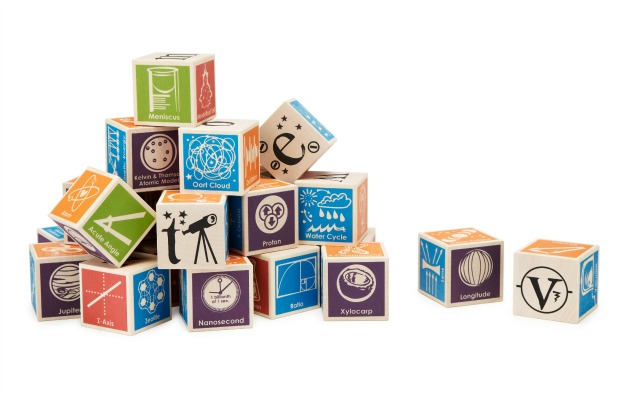
What happens if you mix pink, brown, and white?
If those colors come in ice cream form, then what happens is a mouthwatering scoop of heaven. The strawberry, chocolate, and vanilla of Neapolitan ice cream have been colorfully cohabitating in America since the 1870s. But this palate-pleaser hasn’t always drawn from the same palette of flavors. Originally, any three varieties of ice cream might have appeared together (how do they get them to sit so perfectly side by side? More on that later), and it’s thought that the version we love today became standardized simply because those were the three most popular ice cream flavors in America at the time.







